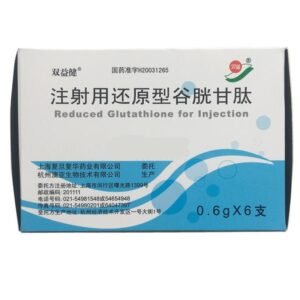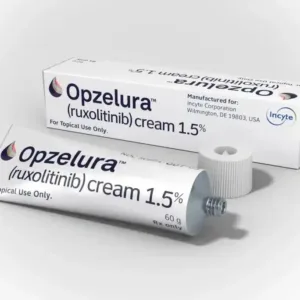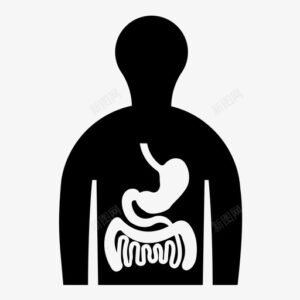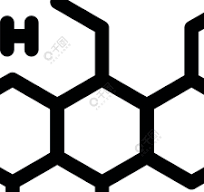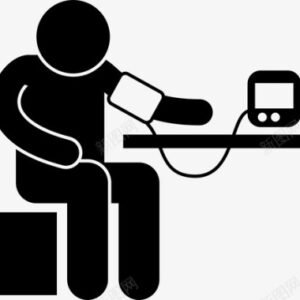Triptorelin Acetate Microspheres for Injection
Effects and efficacy:
This product has different indications for different dosage forms: 3.75mg can be used for the treatment of central precocious puberty. It can be used for drug pretreatment before uterine fibroid surgery, especially when combined with anemia (hemoglobin content ≤8g/dl), to reduce the size of the uterus and uterine fibroids, so that there is a chance to perform endoscopic surgery and transvaginal surgery (the course of treatment is limited to 3 months). It can be used for the treatment of endometriosis (stages I to IV) inside and outside the genitals. Other specifications: 3.75mg dosage form and 15mg dosage form can be used for the treatment of locally advanced and metastatic prostate cancer. 0.1mg dosage form and 3.75mg dosage form can be used for the adjuvant treatment of female infertility, in the in vitro fertilization-embryo transfer procedure (IVF-ET), combined with gonadotropins (hMG, FSH, hCG) to promote ovulation.
Usage and dosage:
Regular use of each 0.1mg dosage form (used for drug-induced ovulation cycle treatment during assisted reproductive technology): subcutaneous injection, 0.1mg per time. Starting from the second day (follicular phase) or the 21st day (mid-luteal phase) of the menstrual cycle, inject once a day until the night before the egg retrieval date. Or use as directed by a doctor. Each 3.75mg dosage form: can be injected intramuscularly, 3.75mg per injection, once every 28 days (4 weeks); or deep intramuscular injection once every 28 days (4 weeks). The dosage and usage of drugs from different manufacturers may vary. Please follow the doctor’s advice for details. Each 15mg dosage form: intramuscular injection, 15mg per injection, once every 84 days (12 weeks). The specific medication methods for diseases are as follows: Prostate cancer: intramuscular injection of 3.75mg per injection every 4 weeks or 15mg intramuscular injection every 12 weeks. Precocious puberty: 50μg/kg per body weight, intramuscular injection of 3.75mg per injection every 4 weeks. Female infertility: intramuscular injection of 3.75mg per injection on the second day of the menstrual cycle. After pituitary desensitization (plasma estrogen <50pg/ml), gonadotropin therapy is usually started 15 days after injection of this drug. Endometriosis: Treatment should be started on the 1st to 5th day of the menstrual cycle, with an intramuscular injection of 3.75mg per vial every 4 weeks. In principle, a course of treatment is at least 4 months and up to 6 months. Since there is no clinical data on long-term treatment, repeated courses should be avoided in consideration of the problem of bone mineral loss. Uterine fibroids: For preoperative treatment, treatment should start on the 1st to 5th day of the menstrual cycle, with an intramuscular injection of 3.75mg per vial every 4 weeks, for a course of treatment of 3 months.
Adverse reactions:
Very common are hot flashes, decreased libido, sweating, weakness, back pain, lower limb paresthesia, erectile dysfunction, breast abnormalities, ovarian hyperstimulation syndrome, vulvar and vaginal dryness, etc. Common symptoms include dizziness, headache, dry mouth, nausea, depression, anemia, weight gain, hypertension, pain in the hands and feet, and edema at the injection site. Uncommon manifestations include anorexia, visual impairment, palpitations, dyspnea, diarrhea, vomiting, joint pain, hair loss, urinary retention, gynecomastia, elevated alanine aminotransferase and aspartate aminotransferase, etc. Rare manifestations include amenorrhea, memory impairment, hypotension, joint stiffness, elevated blood alkaline phosphatase, angioneurotic edema, and prolonged QT interval. Male patients often experience hot flashes and loss of libido, which causes a transient increase in circulating testosterone levels within 1 week after the first injection of the sustained-release preparation, which can cause temporary deterioration of clinical symptoms and signs of prostate cancer, manifested as aggravated urinary system symptoms and metastatic pain, which usually disappears within 1 to 2 weeks. It can also lead to osteoporosis and increase the risk of fractures. Female patients have lower estrogen levels after use. The most common adverse reactions are hot flashes, decreased libido, dyspareunia, genital bleeding, ovarian hyperstimulation syndrome, and vulvar and vaginal dryness. In the early stages of endometriosis treatment, serum estradiol increases transiently, and pelvic pain and dysmenorrhea may worsen, which usually disappear within 1 to 2 weeks. After use, children often experience mild (spotting) vaginal bleeding. Note: Use of this drug may cause osteoporosis, so bone density should be monitored.
Drug contraindications:
Allergic to this product is prohibited. Pregnancy is prohibited. Lactation is prohibited.
Share:
Products
Our offers
Health Classification
Let us work together to protect precious health


